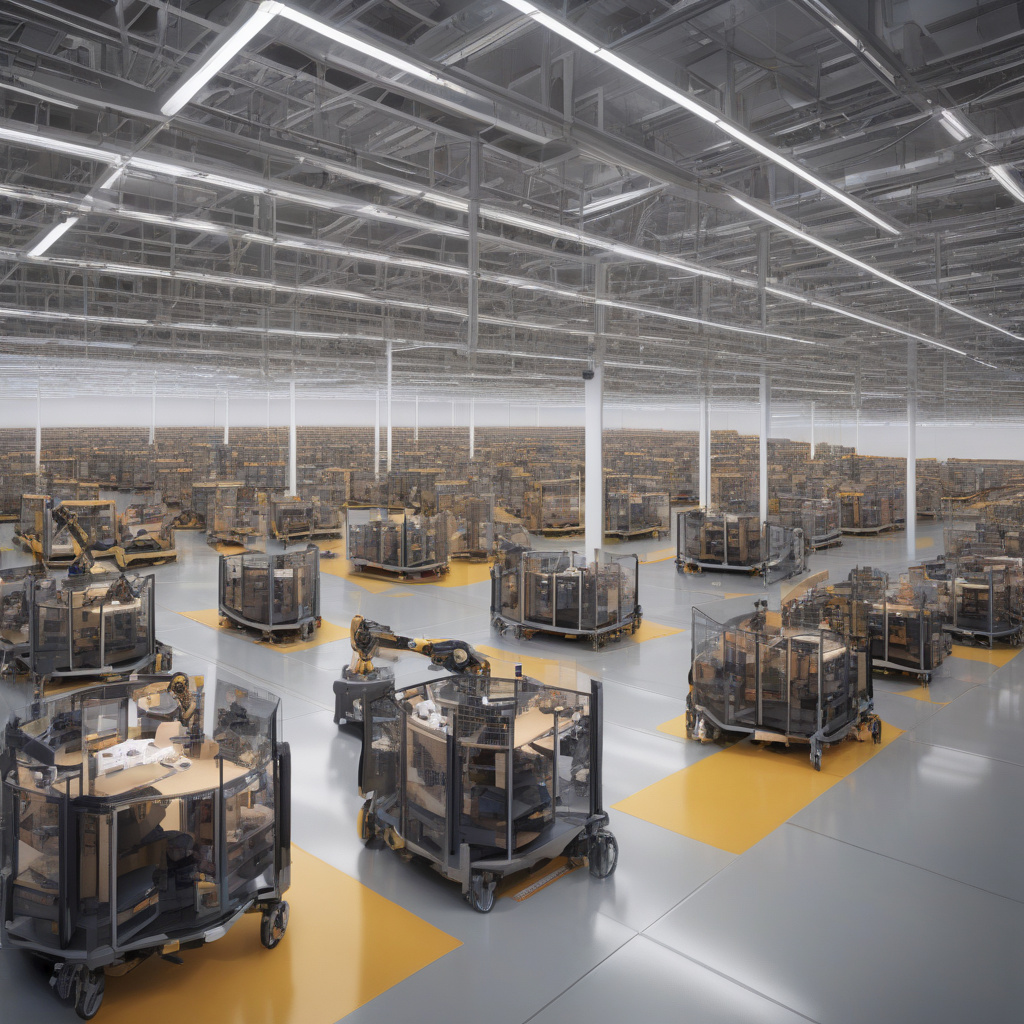In the ever-evolving landscape of technology, the integration of artificial intelligence (AI) into various industries has sparked discussions about the future of human employment. Amazon, a prominent player in the tech industry, recently offered a glimpse into the new human jobs that could emerge in an AI-driven world. This move sheds light on the potential for humans and AI to collaborate synergistically, rather than viewing automation as a replacement for human workers.
The prevailing narrative often oscillates between two extremes within the tech industry. On one end of the spectrum are concerns that AI will gradually render human workers obsolete, performing tasks more efficiently and accurately than their human counterparts. However, individuals like venture capitalist Marc Andreessen challenge this notion, asserting that certain roles, particularly those involving complex decision-making and strategic foresight, remain inherently human.
Amazon’s initiative to showcase new human jobs in an AI bot world signifies a shift towards embracing technology as a tool to augment human capabilities, rather than displacing workers altogether. This approach not only acknowledges the irreplaceable qualities of human intuition, creativity, and empathy but also underscores the importance of leveraging AI to enhance productivity and innovation in the workplace.
By highlighting the coexistence of humans and AI in the workforce, Amazon’s endeavor exemplifies a forward-thinking perspective that seeks to harness the strengths of both entities. For instance, while AI systems excel at processing vast amounts of data and executing repetitive tasks with precision, humans bring valuable skills such as critical thinking, emotional intelligence, and adaptability to the table. In essence, the collaboration between humans and AI has the potential to yield outcomes that transcend the capabilities of either group in isolation.
Moreover, the emergence of new human jobs in an AI-centric environment presents exciting opportunities for upskilling and reskilling the workforce. As automation streamlines routine operations, human workers can pivot towards roles that demand uniquely human attributes, such as creativity, problem-solving, and interpersonal communication. This transition not only cultivates a more dynamic and agile workforce but also fosters a culture of continuous learning and professional growth.
In practical terms, the integration of AI technologies within Amazon’s operations offers a glimpse into the diverse roles that humans can undertake alongside intelligent machines. From AI trainers and explainability specialists to human-AI interaction designers and ethical AI consultants, these positions underscore the multifaceted nature of human-AI collaboration. Each role leverages the distinct strengths of humans and AI, contributing to a harmonious ecosystem where innovation thrives and ethical considerations remain paramount.
As the tech industry navigates the intricate interplay between AI and human labor, it becomes evident that the future of work lies in convergence rather than displacement. By recognizing the complementary nature of human ingenuity and AI efficiency, organizations can cultivate a workforce that is equipped to thrive in an AI-driven era. Amazon’s proactive stance towards delineating new human jobs in the realm of AI sets a precedent for industry-wide dialogue and innovation, paving the way for a future where humans and bots coexist harmoniously, shaping tomorrow’s digital landscape.

